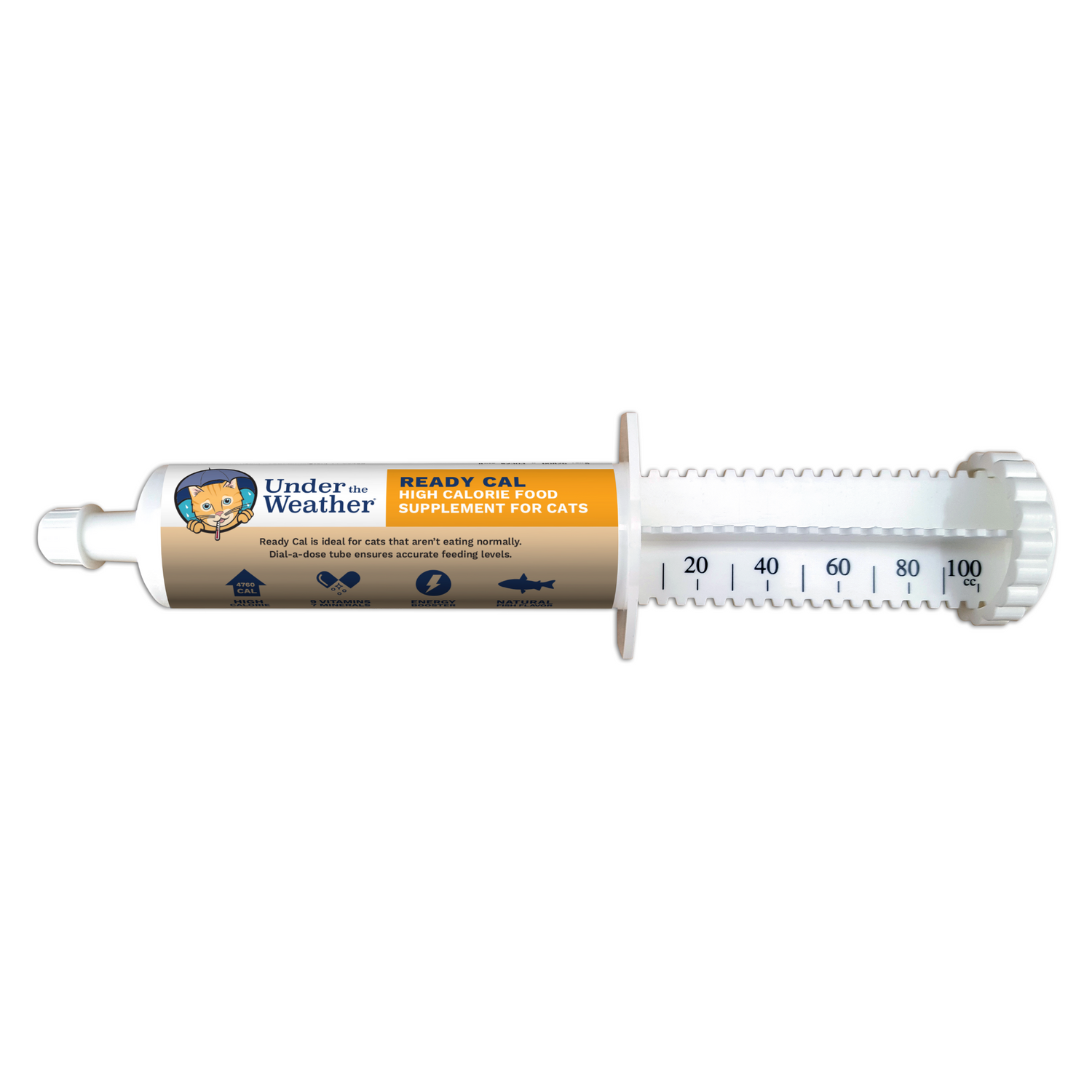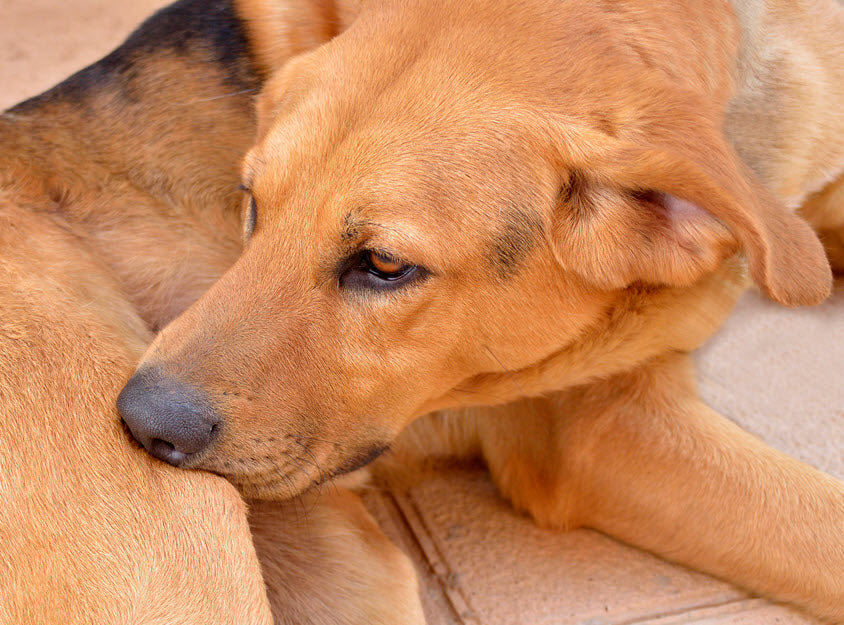You may hear the term “flea dirt” but not really be sure what it is, what it looks like, or how to tell the difference between flea dirt and just plain dirt. If that sounds familiar, know that you are joined by countless other dog owners. Let’s see if we can shed some light on the subject.
What is Flea Dirt?
Flea dirt is not really dirt at all. It is actually feces from fleas that gets left on dogs once they are present. The appearance looks like small black flecks, very similar to freshly ground pepper. Technically, flea dirt consists of the bowel movement of fleas. And, since fleas bite your dog and drink the blood, the fecal remains consist primarily of digested blood.
Locating Flea Dirt on Dogs
Many dog owners never see the fleas but do see evidence of what appears to be flea dirt. Common areas are where fleas are most concentrated – areas of thin or light colored hair such as between the tummy and the leg or right around the dog’s dorsal back, just around the base of the tail.
Another way to locate fleas is to brush or comb your dog while they are laying on a white towel or sheet. Look for small black flakes to fall on the surface.
Testing for Flea Dirt
Since blood is the primary ingredient, you can use a flea comb to find suspected areas of flea dirt. Lift some of the dark specks off the skin and place them on a moist paper towel. If it is really flea dirt, it will turn into reddish or brown spots when it hydrates on the wet towel.
Flea Dirt Confirmed – Now What?
If you’ve confirmed that your dog is infested with fleas, it’s important to get it under control ASAP. For every flea you find on your dog, there are probably 200 live fleas in your home, carpet or yard.
Many dogs who are “flea allergic” develop severe itching with the smallest amount of flea bites. They are hypersensitive to the antigens in the flea saliva and are extremely uncomfortable. Check with your vet to get a recommended treatment plan, which may include antihistamines or even steroids.
Flea Control Patrol
Once you get your dog comfortable, your next mission is to kill the fleas and prevent their return. This process will require some patience, as microscopic eggs can live in your home or yard for weeks to months and can cause a recurring infestation.
Once on your dog, your vet will likely recommend a topical or oral medication designed to kill the fleas in as little as four hours. They may also recommend a medicated shampoo to help relieve the itch. If your yard has a severe infestation, your vet may offer some guidance as to the best products to use. In severe cases, a comprehensive flea control program may be required to treat your pet, yard and house.
Prevention is Key
Talk to your vet about products to help prevent the onslaught of fleas. Depending on your location, your vet can recommend products that are more likely to work best in your location. Studies show that topical flea prevention products are more effective than most flea collars or tags.
Avoid places like parks and fields where exposure to fleas and infection are more likely. Minimize contact with rabbits, rodents and other animals likely to carry fleas.
This blog is brought to you by Under the Weather®, producer of a wide range of products to support optimal health for pets, including our award-winning bland diet foods and a family of functional supplements for dogs and cats. Check out our new line of products!
Under the Weather is also an avid participant in the pet overpopulation cause. A portion of every sale is channeled to the Ruffy Rescue Transport Fund which finances the transportation of pets from overpopulated kill shelters around the U.S.A. to Vermont for adoption. The fund also covers the cost of spaying and neutering these animals. Get to know more about Ruffy and the inspiration for our company.
View Our Products
Visit Our Blog Library






